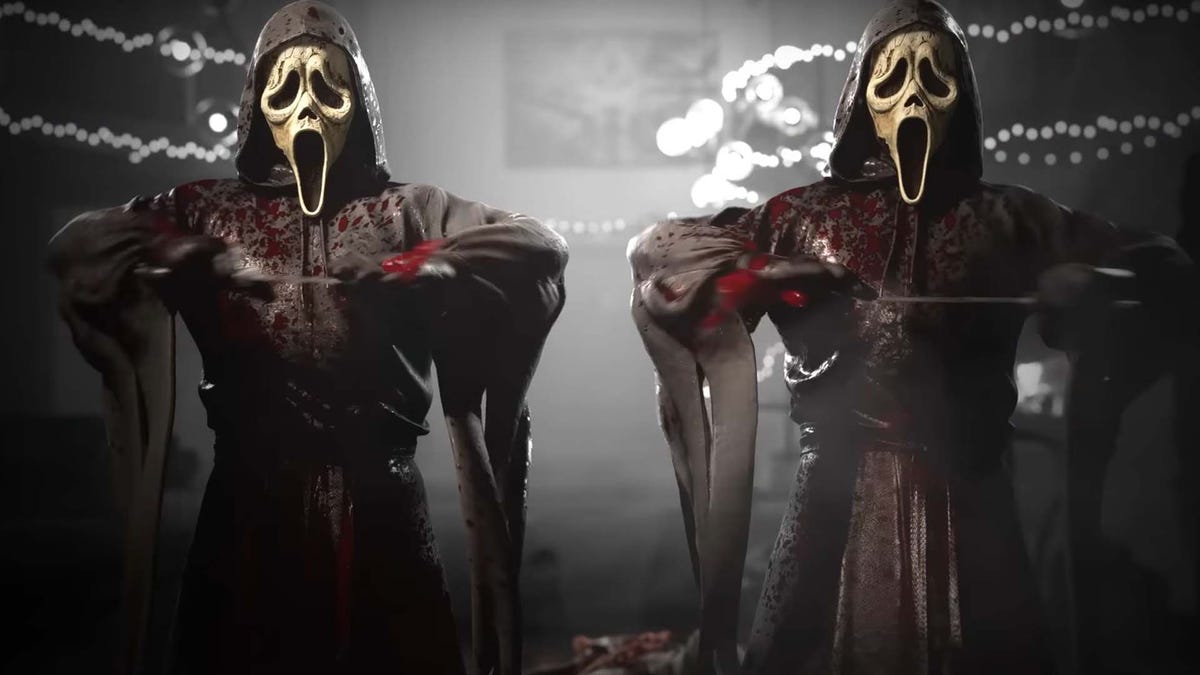Ever since Remnant: From the Ashes came out a few years ago, I’ve become a huge fan of this series. The key lies in its action-adventure character mixed with strange and unique worlds full of spooky and dangerous enemies. All of this fits perfectly with the various ways of constructing and upgrading equipment. As I watched Remnant II being unveiled at the Game Awards, I was excited to see what the Gunfire Games developers were preparing for the sequel.
After putting my heart and soul into Remnant 2 over the last few days and playing hard all week, I’ve come to the conclusion that Remnant II just stays Remnant, for better or for worse. I mean, in a way, that’s exactly what people want in a new episode. Larger, more complex worlds with a variety of new enemies, better graphics and visual effects, and a more cohesive story. On the other hand, however, some of the problems that plagued the series remain, namely a rather rudimentary and limited equipment construction and upgrade system, and a fairly complicated level design where it’s easy to lose the thread of the story. So, if you really enjoyed Remnant: From the Ashes, there’s plenty to enjoy, but if you haven’t, don’t expect much change or improvement in dynamics either. But hey, let’s analyze everything in detail.
Let’s start with the story. Gunfire Games was inspired by Diablo IV. Not in the literal sense, of course, as both games have been in development for years. I mean that as a player you play a bigger role in the story even if you don’t have a real name (although you call one “Anomaly”). This means there’s a lot more immersion in the story that Remnant II is trying to tell, but the plot still faces the same problems as From the Ashes, in that the plot rhythms are so odd that they’re often difficult to follow.
Advertising:
Luckily the world design is great again. You’ll want to scour every nook and cranny for gear, resources, dungeons, and secrets. Whether it’s the faraway jungles of Yaesha or the sci-fi world of N’Erud, each of the different domains offers its own uniqueness with its own set of challenges and enemies to analyze, confront, and overcome. In this regard, Remnant II is once again excellent. You will have challenges and types of enemies that will have to bore you, because when you start getting used to it, a new type of monsters will appear, so that will not happen. It’s clear that Gunfire Games is talented enough to design unsettling and terrifying enemy types, with Remnant II being the perfect example.
As for the enemies, you’ll be pleased to know that Remnant II has a wide variety of bosses, some of which are essential for story progression and others are there for you to find and get rewards like good loot or gear. Apparently Gunfire put a little more effort into the boss design, since the fights seem more varied and complex than in From the Ashes. In addition, these put on a great show with mechanics that affect the environment, such as destructible battlefields. Some of the most interesting bosses I’ve encountered so far include some sort of huntress riding a giant hound, and a giant alien butterfly that reminds me of something of a cross between Ikran from Avatar and Mothra.
The game dynamics and weapon handling are once again brilliant. Combat is fluid and exciting, designed to focus the player’s attention on shooting and slashing at the enemies that get in their way. However, building and upgrading equipment is less attractive than From the Ashes. In short, to keep it simple, Gunfire almost completely removed every piece of clothing from the equation. Yes, you can get new items in this category that offer a change or two, but for the most part the main customization comes in the form of weapons, abilities, and the new archetype system.
Advertising:
In terms of weapons and qualities, it offers almost the same as in From the Ashes: you find or buy new weapons and then use the resources you find throughout the adventure to improve them. You can also buy and place modifiers that provide unique benefits such as: B. Blood effects on shots. You can tinker with the various modifiers that provide additional abilities for each weapon. As for qualities, Remnant is based around a reward system where you spend quality points in exchange for permanently improving some attributes like overall health, dodge range or ability cooldowns. It’s a system that was already working, so they haven’t done much to change it.
This is where it gets interesting: the archetypes. At the start of Remnant II, you must choose a class type that will define how your character plays. do you like melee combat Then stay with the opponent. Do you prefer to smash your way through enemies from afar? Try the hunter. Do you prefer companionship? The trainer and his canine companion are made for you. Each archetype has its own playstyles and abilities, and even provides access to its own special traits. These archetypes can be upgraded as you gain experience.
The downside is that you can only have two archetypes active at a time, with your main archetype being the one that has the most impact on your class’ play. Likewise, immediately after selecting the first archetype, you do not have access to the remaining archetypes. You must find and upgrade items throughout the game to gain a second archetype. This system works and is fairly easy to understand, but I can’t help feeling that he’s forsaken the fun of building and upgrading gear in favor of a more rudimentary system, which I feel goes against the core principles of Remnant.
While we’re not overly impressed with the dynamics of Remnant II’s progression, construction and equipment upgrades, there’s no denying that this new installment packs a good dose of excitement and fun. Whether alone or with friends, Remnant II is immediately fun and, like From the Ashes, is designed for high replay value. Gunfire Games has made sure this is the case. There are many ways to enjoy this game, be it trying to overcome more complex difficulties or switch to adventure mode to freely explore the world and defeat bosses in search of resources and equipment.
For all of these reasons, I think Remnant II is more Remnant, for better or for worse. It’s still a very impressive series, as are the game dynamics, but it’s undeniable that it also has its flaws. It’s more impressive, prettier, deeper and if you liked the first part as much as I did, you’ll have a lot of fun with this sequel.













